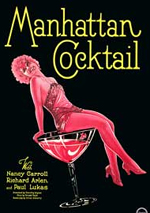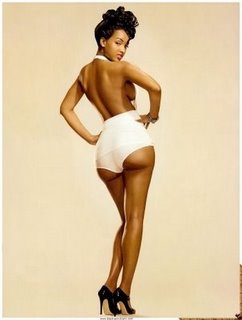Since we’ve been talking about “failed” gender performances and the like lately, a “Masculinity Fail” post from Fail Blog caught my eye. The video itself, which is about a weatherman who screams and freaks out at the sight of a cockroach in the middle of his broadcast, is pretty hilarious and made me wish I had a sissy weatherman on my local news. (I don’t mean to say that this particular individual is a sissy, but rather that I have a deep affection for sissies.) You can check it out here. But don’t waste your time reading the comments, most of which are appallingly homophobic and misogynistic.
I wonder, how many of the guys leaving these small-minded comments would concede that no one can ever fully inhabit the category of masculinity, including them? On a very fundamental level, the tendency to essentialize gender and sexual identities is the problem here. Which brings me to the connection I want to make. What I’ve tried to do in this blog is think about femme and gender in ways that step outside this naturalizing framework.
Sometimes, even for me, it seems impossible to escape the allure of “realness.” As femmes we ask ourselves: “Can I be a real femme if I don’t wear makeup/want to be penetrated/[fill in blank]?” Or, “I’ve stopped wearing skirts, so am I still a femme?” My feeling is that if I devote my energy to trying to be a “real” femme, I’m basically reinforcing the same oppressive gender norms that we see in “Masculinity Fails.”
The discrimination and violence suffered by genderqueer and trans people is just one example of how social imperatives to be a “real” man or woman have disastrous effects in our world. This is why, for me anyway, the high femme project of denaturalizing femininity is about expanding gender and resisting limiting gender stereotypes.
And just in case you were wondering, I’m the one who kills the bugs in my house!
Filed under: Queer Femininity | Tagged: denaturalizing femininity, essentialism, gender stereotypes, masculinity | 7 Comments »






